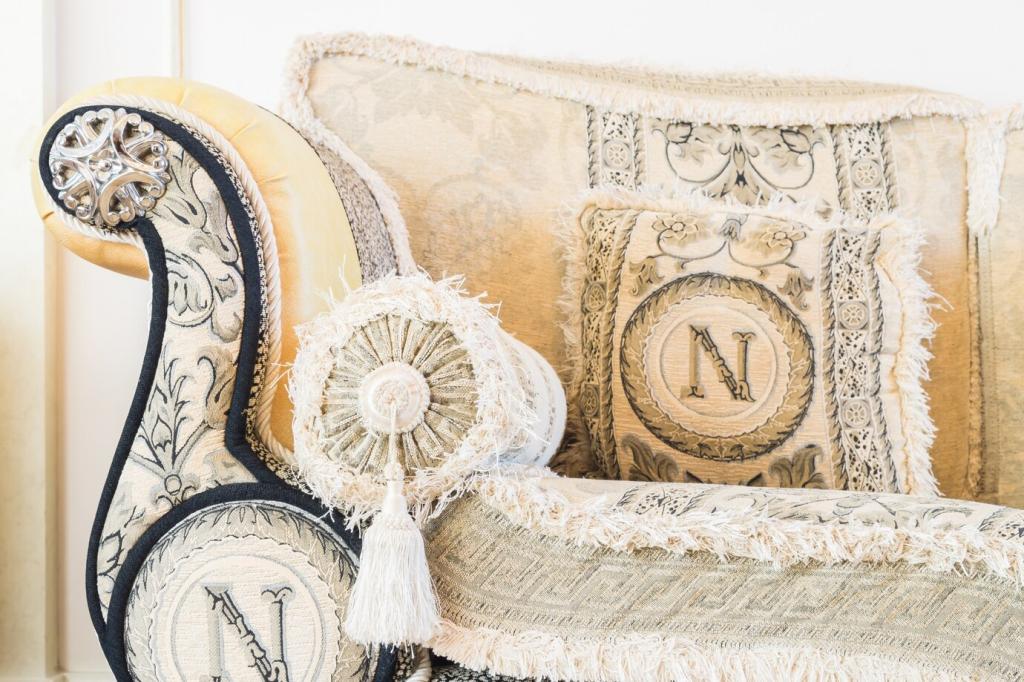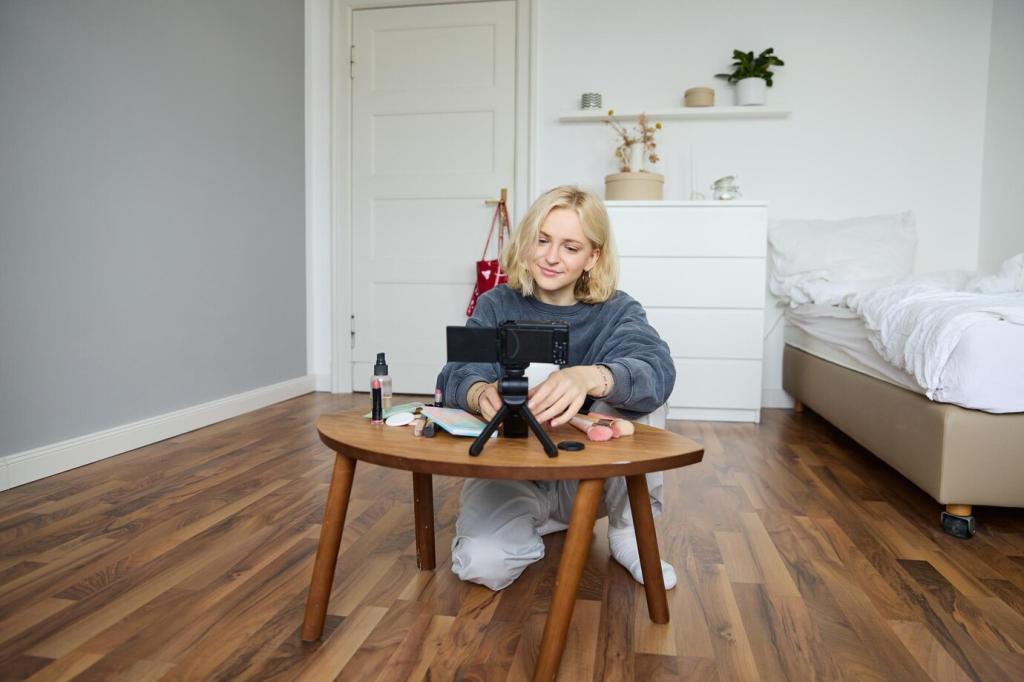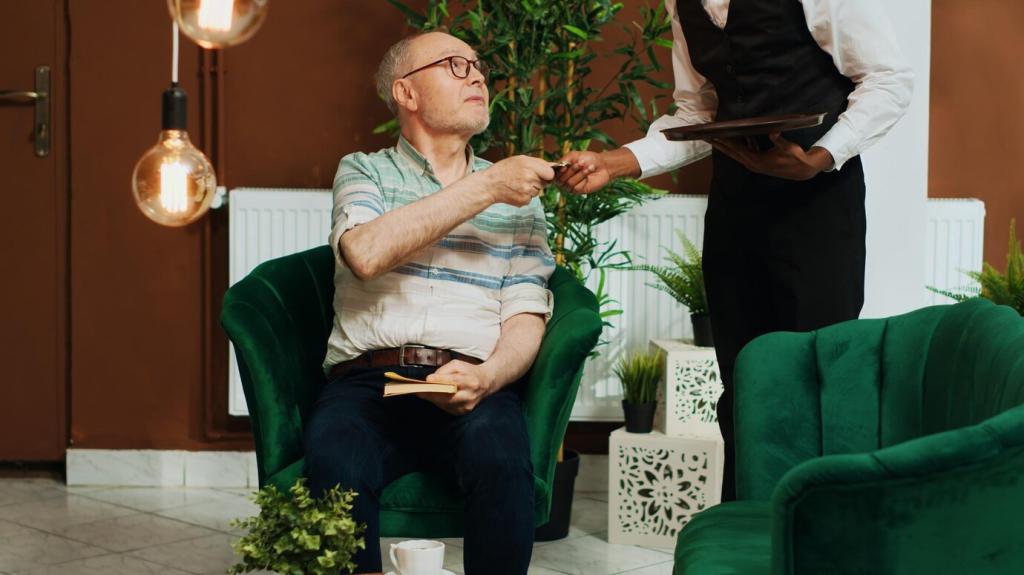Understand the Scratch Before You Act
Run a fingernail across the mark: if it catches, you’re dealing with a deeper cut that needs filling; if not, it’s usually a finish-level scuff. This quick test steers you toward blending techniques instead of unnecessary sanding or structural repair.
Understand the Scratch Before You Act
Lightly tilt the piece to watch how the scratch interrupts the grain’s sheen. Oil, shellac, lacquer, and polyurethane all respond differently. Knowing the finish helps you choose the right solvent, blending agent, or protective topcoat for a seamless, long-lasting result.






